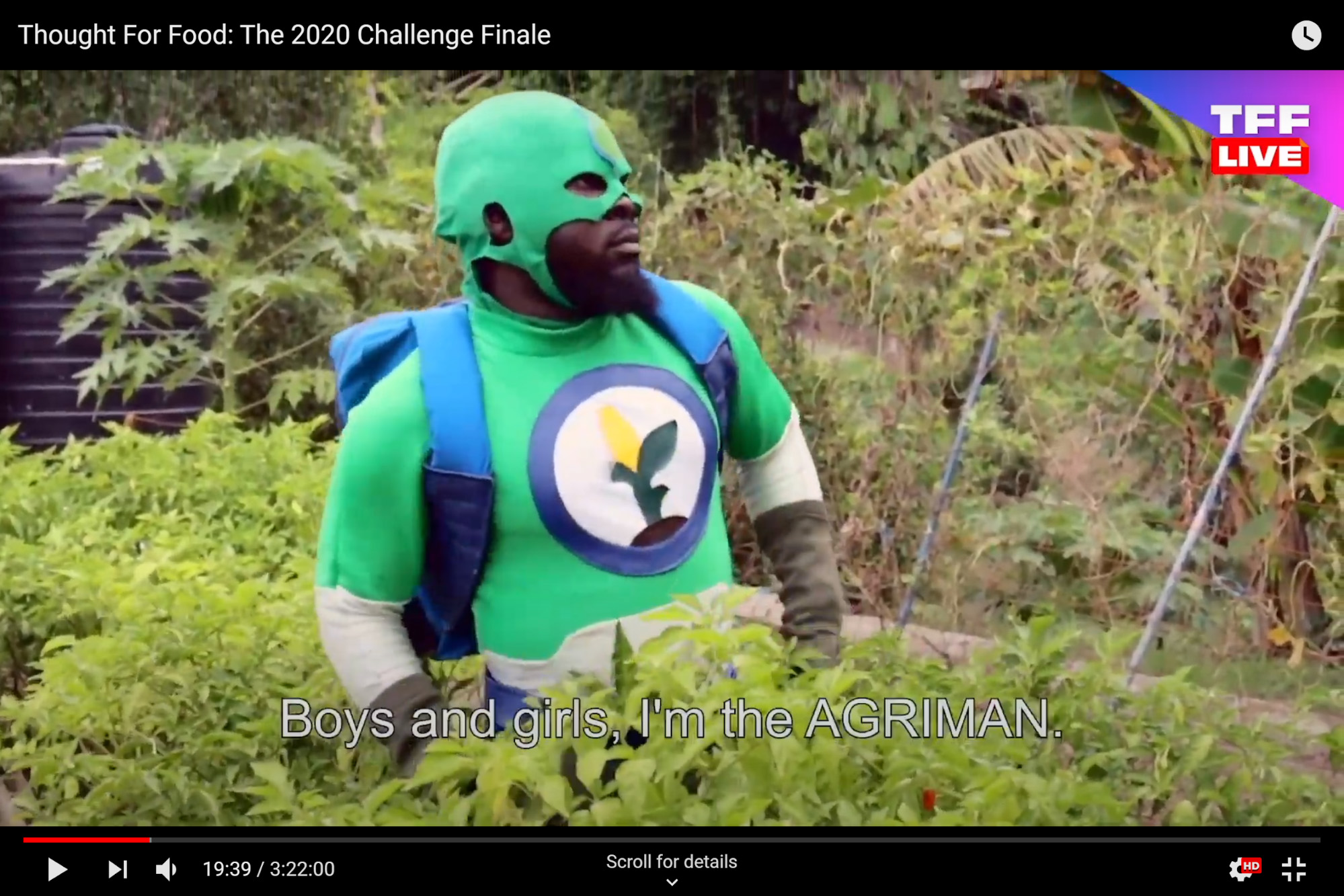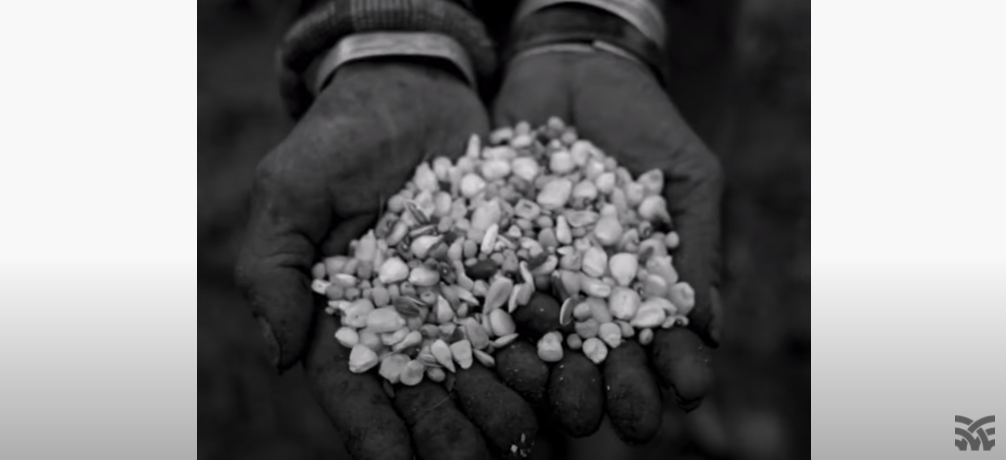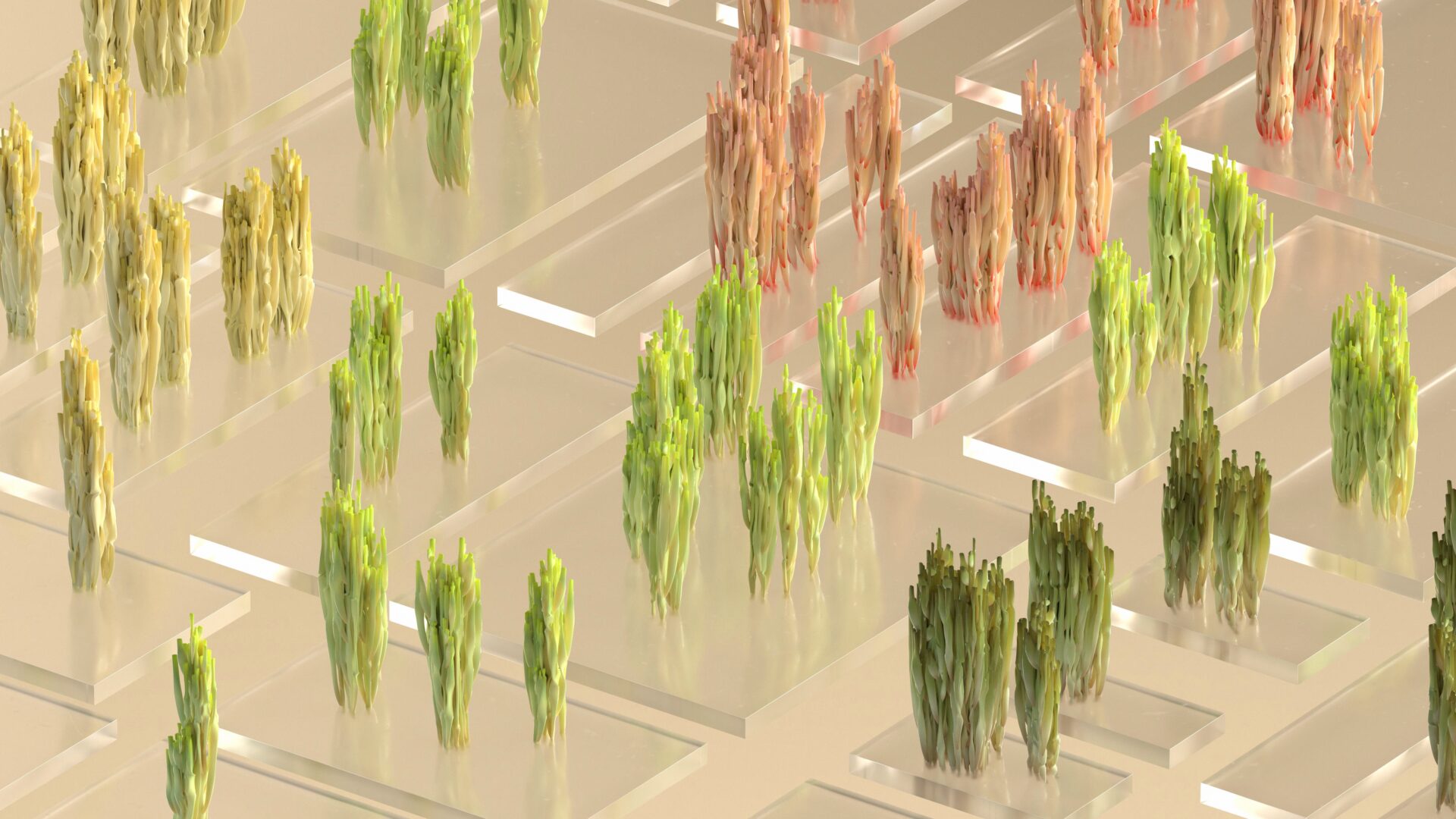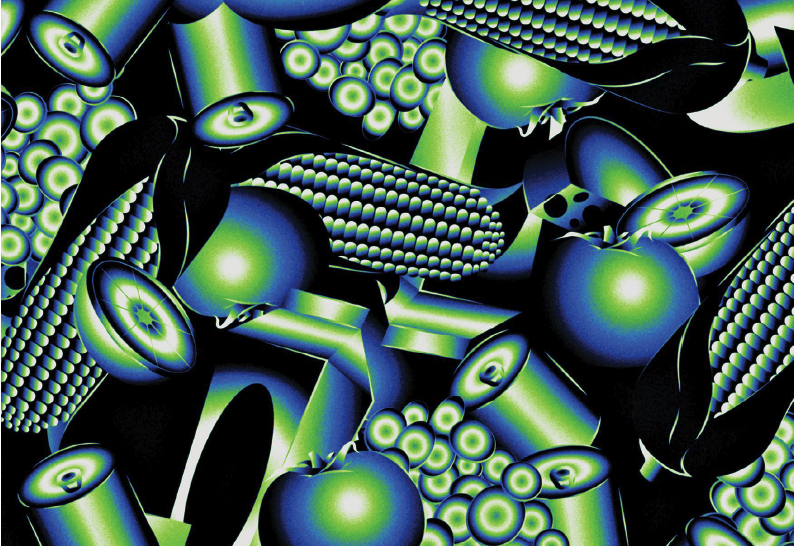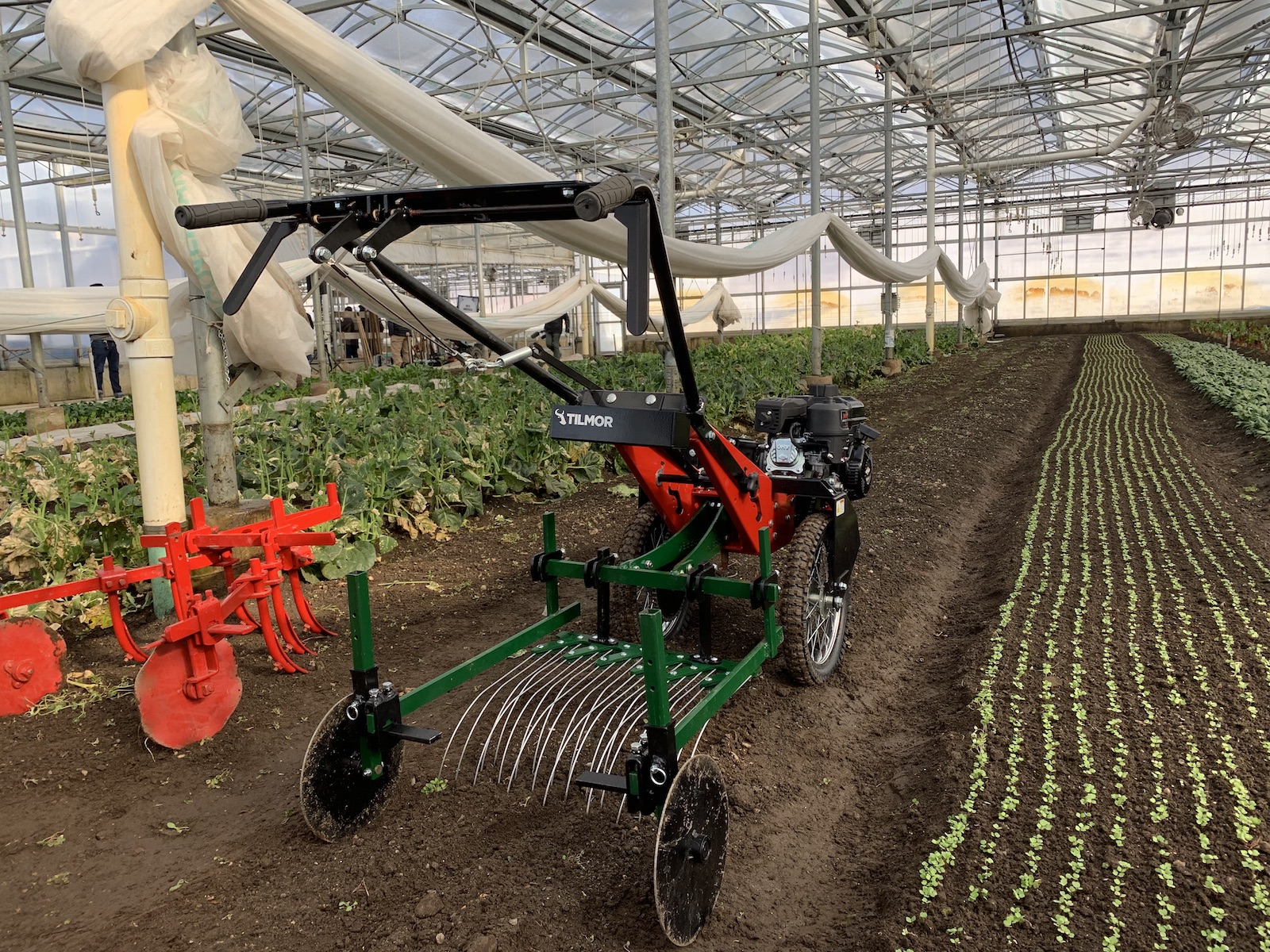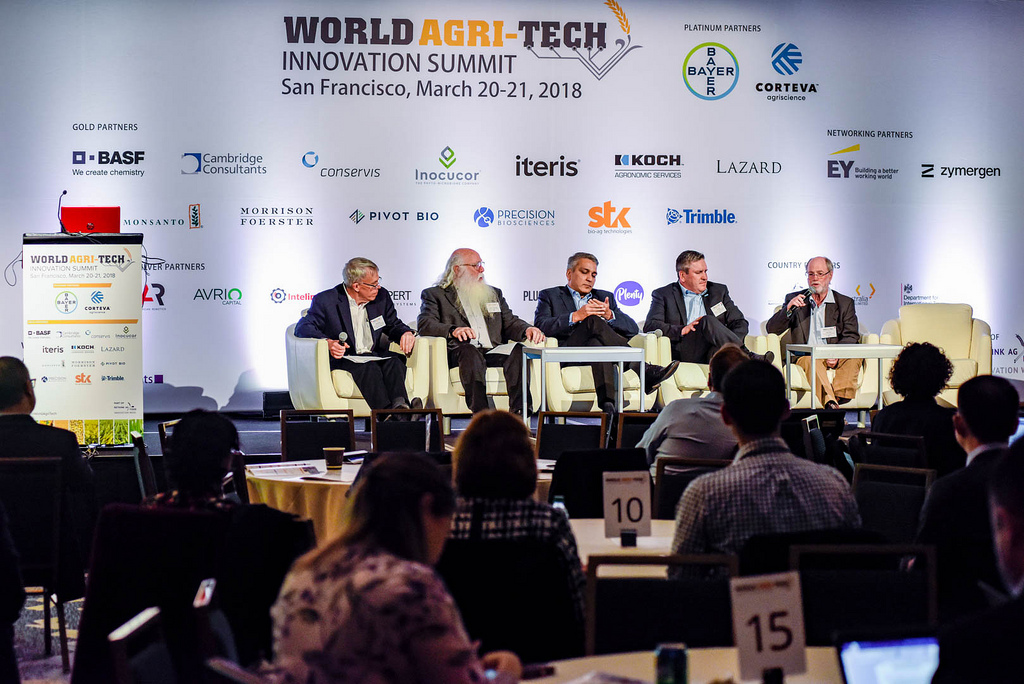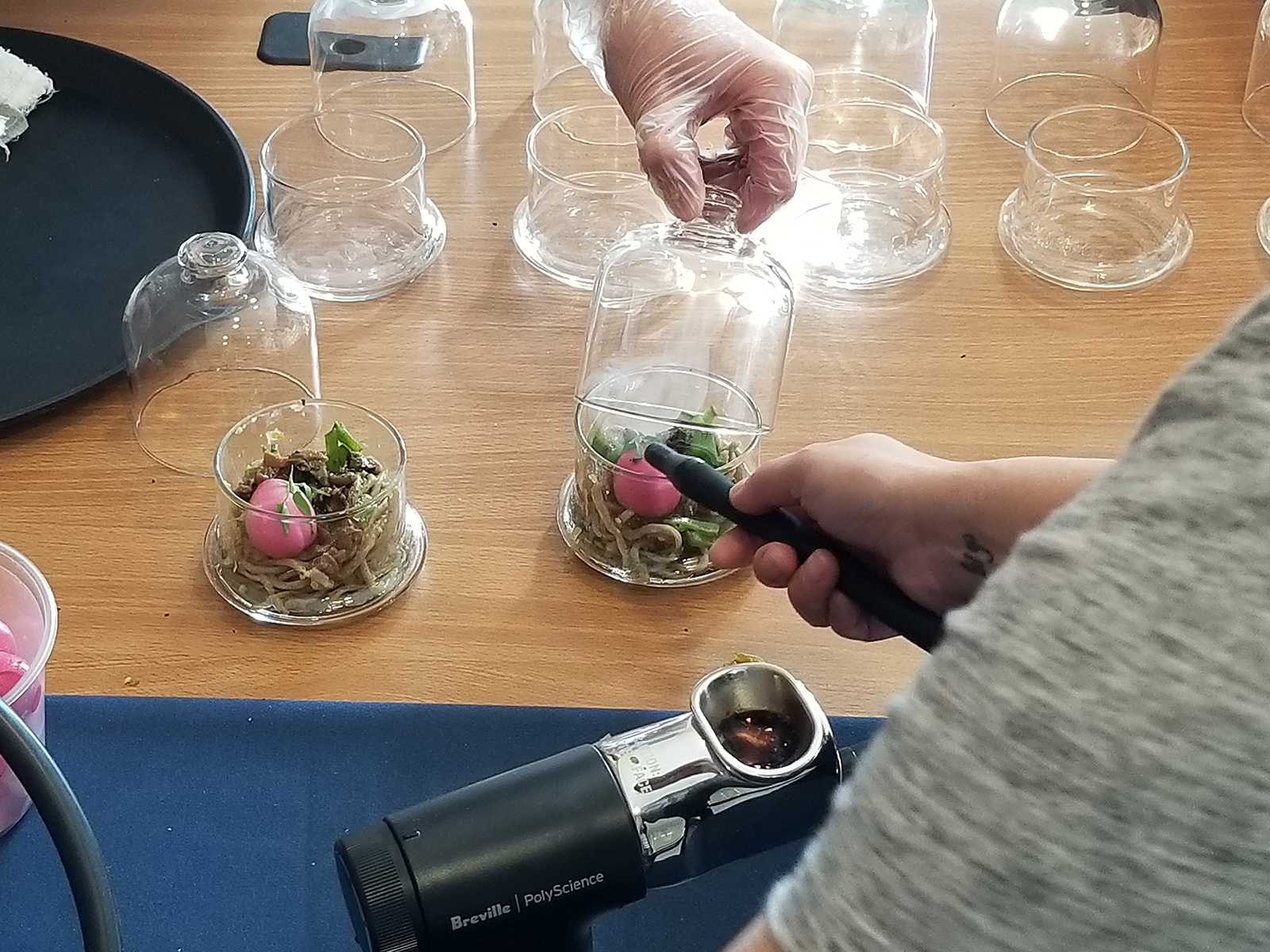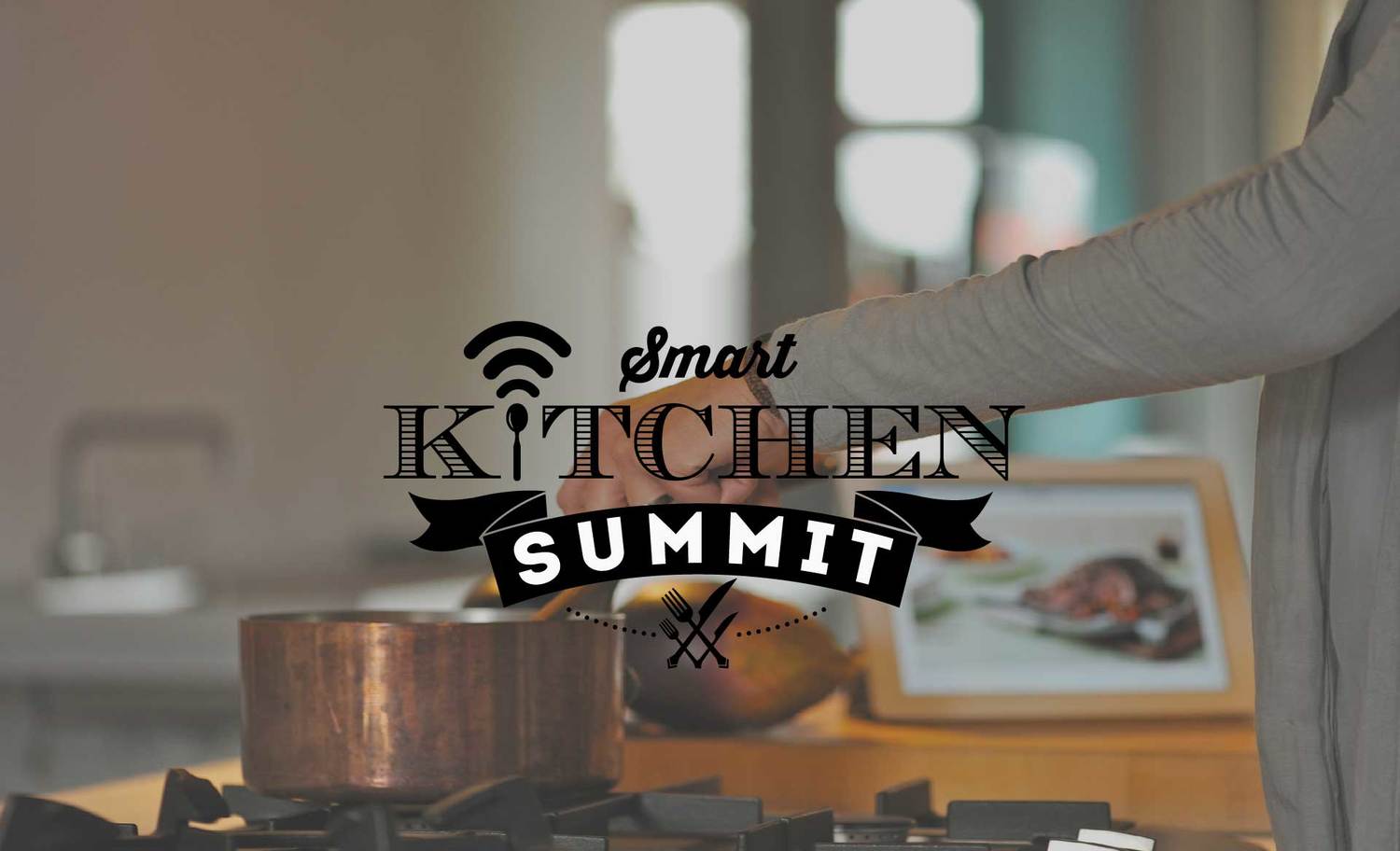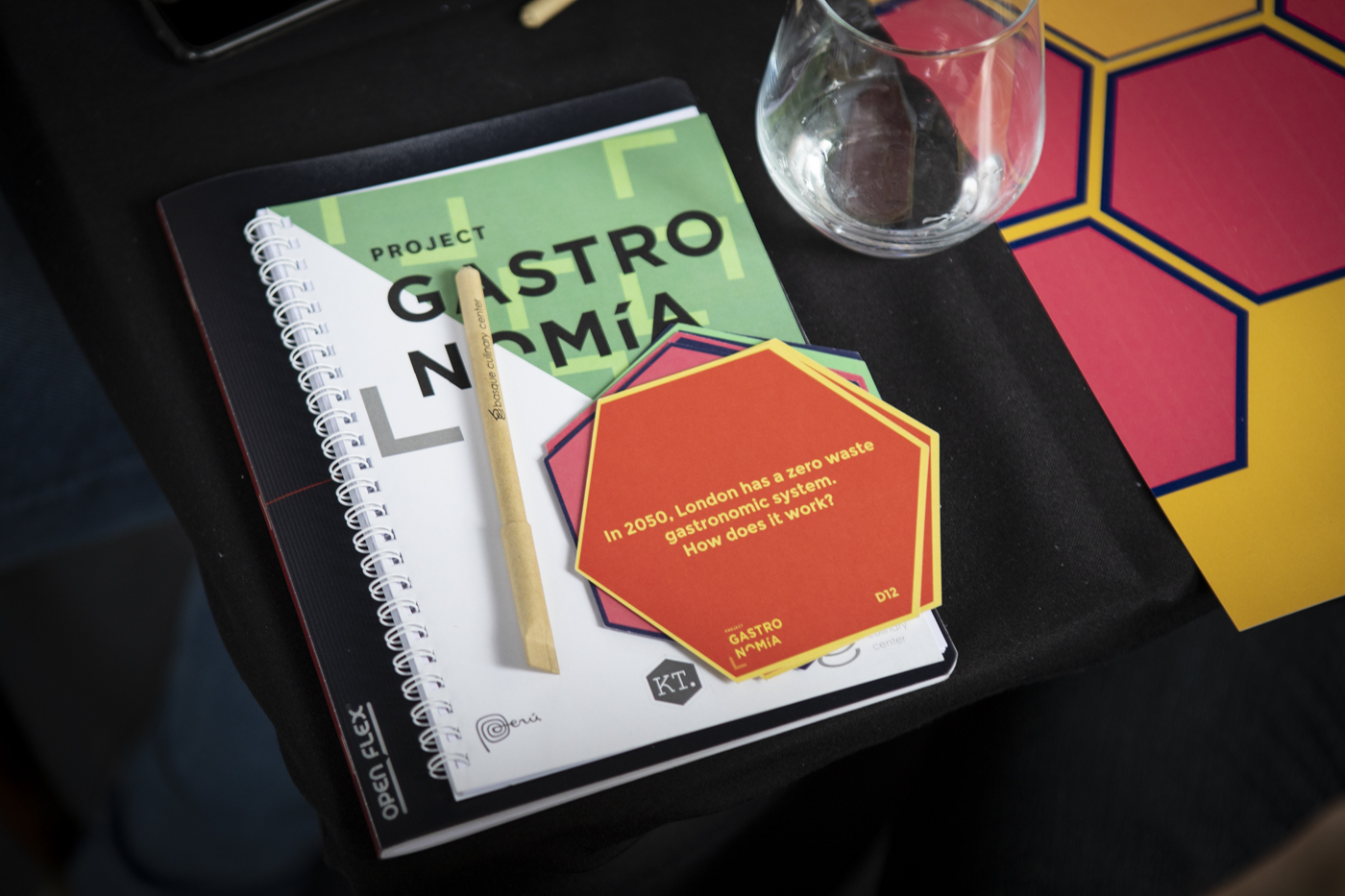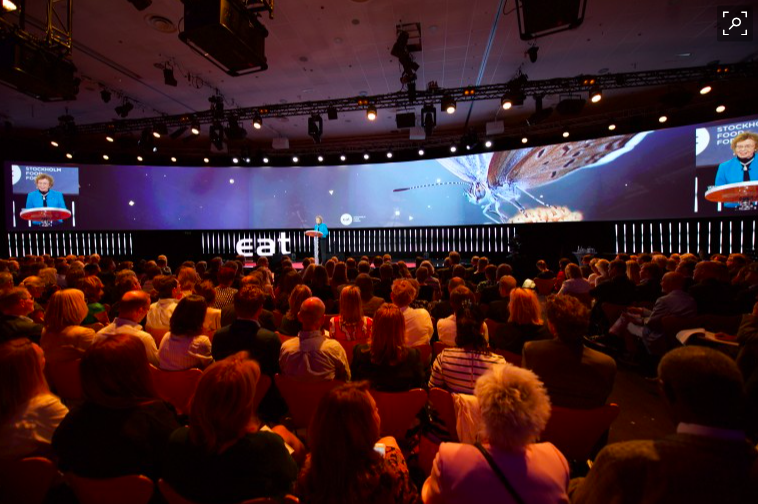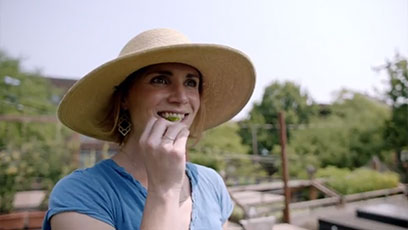Being Indian, stumbling across naan-bread, chai-tea and turmeric-lattes leaves one very confused about what our culinary identity is. India is often compared to the EU with each state having a unique identity, language, culture and multiple subcultures. So when it comes to food, “Indian” as a cuisine doesn’t mean much.
Food Forward India is an initiative rediscovering the narrative around Indian food at home and abroad and is looking to change the dialogue and give the world a taste of this culinary complexity.
 Image courtesy of FFI by Santosh Sawant
Image courtesy of FFI by Santosh Sawant
The first chapter was held on October 17th in Mumbai bringing together passionate individuals from the Indian food community to re-examine, re-evaluate and reintroduce Indian cuisine to the world in an effort to demolish stereotypical ideas that many people have of our food culture and customs, and define a narrative of the future of food and cooking in India for ourselves.
Home is where the heart (stomach) is
Indian food is comfort food but is it really comfort food if you are pushing boundaries?
The night before the event we had a home-cooked Koli meal at Rajini-aunty’s home in Versova Koliwada. Rajini-aunty is part of an online platform of cooks called Authenticook, enabling them to showcase diversity in Indian cooking through home cooked meal experiences. Authenticook has so far uncovered over 55 Indian communities with unique culinary identities, giving people even in their home state unfamiliar and unique tastes.
Through this meal we were introduced to the Koli community (a large fishing community of Bombay). Through this experience, we not only ate delicious food but began to understand the important role the Koli’s play in the Indian food system.
To many Indians asked the question of “where do you get the best Indian food?” the answer is often ghar ka khana, meaning, food cooked at home. Home food is comfort, nostalgia, festivals and family. Some say the underlying tones of familiarity and flavor make this Indian. But being a nation of varied cultures, not all ghar ka khana is the same.
So if Indian food is comfort food, and comfort is nostalgia, how do we create a sense of “comfort” not defined by our backgrounds?

Blend it like Bagler
Intuition vs Data — Are we de-humanizing food?
Prof. Ganesh Bagler’s talk on computational gastronomy had everyone’s minds racing. Computational Gastronomy is the emerging data science that blends food with artificial intelligence.
Prof. Bagler is an interdisciplinary researcher with training in physics, computational techniques and computational biology. He is credited with the discovery of exceptional ‘negative food pairing’ in Indian cuisine and is currently working on understanding unique culinary fingerprints in world cuisine and how they intersect with taste, health and nutrition as faculty at the Indraprastha Institute of Information Technology Delhi.
What’s really exciting is that with this research we could even predict how a cuisine might evolve and understand its implications on nutrition (obesity and malnutrition) and culinary confidence (the inability or low motivation to be able to cook food). Using post factor analysis, could we even re-write history and bring lesser-known cuisines into focus by understanding culinary evolution?
“Patterns can uniquely identify who you are,” says Prof. Bagler and his work envisions to transform food in India and the world through this data-forward research.
“What about Andaaz, isn’t that what Indian cuisine is about?” many ask. Andaaz, refers to guessing and using one’s intuition, culinary skill and expertise to balance and create perfect tastes and flavors. Cooking is an art and a science, and understanding where data meets intuition to discover, preserve and create delicious food, could be the main challenge. But could this symbiosis also be the way forward?
 Image courtesy of FFI by Santosh Sawant
Image courtesy of FFI by Santosh Sawant
Food Re-evolution 5.0
Are we all just food parasites?
Food continuously evolves and in recent times with new technologies in growing and processing, food is evolving at a much faster pace. India through the centuries has had multiple food influences that have shaped what we know of “Indian” cuisine today. Invasions and colonizations from the Mughals to the Portuguese (1500’s) and British (1600’s) have brought in and modified food cultures and traditions.
Events like the Columbian exchange introduced India to a series of new foods, the green revolution (1960’s) and economic liberalization (1990) heavily influenced Indian farmers, agriculture and what food we see on our plates today.
Food choice has not been something the majority of the Indian population has been able to engage in. But as we look at the growing middle-class today, the power to make and influence food choices is increasing. Through food trends, social media and a lot more technology, we control what, how and who we buy from and what the narrative of Indian food holds.
So does this mean what we start growing here in India becomes “Indian” over a decade or so? Does “Indian” food become what it is through the food choices we make? Evolution of food is a process—as long as it’s delicious in the mouth, does it even need to be familiar?
This first chapter left us with a lot of ideas and many more questions as to how we can shape how future Indians and the world will see Indian food.
Food Forward India is the brainchild of Garima Arora, the internationally acclaimed chef for her restaurant GAA and the first and only Indian woman to hold a Michelin-star.
Look out for how FFI and will continue to evolve, understand and answer some of these questions as to what the future would hold for “Indian” food.
